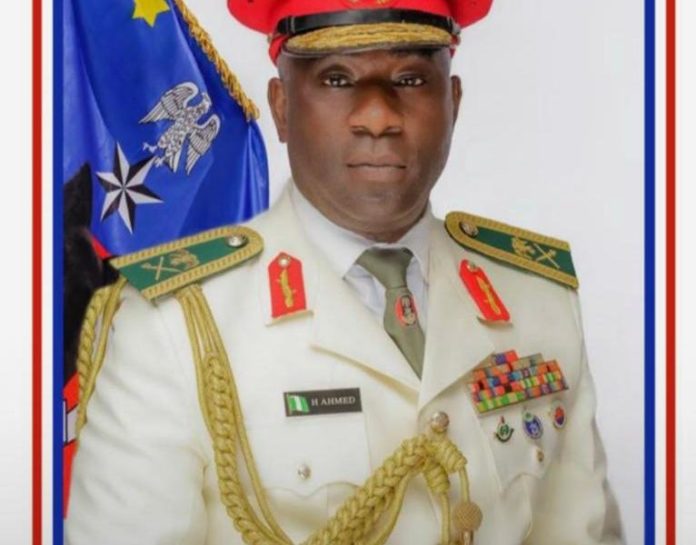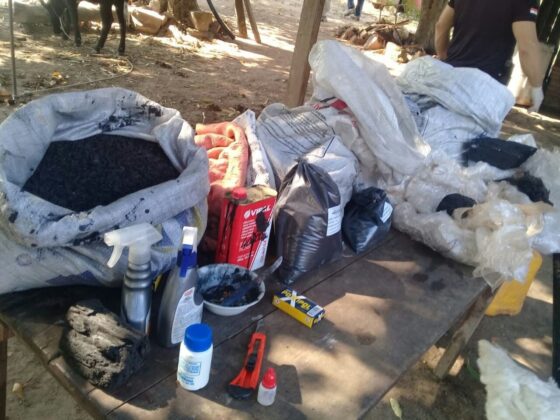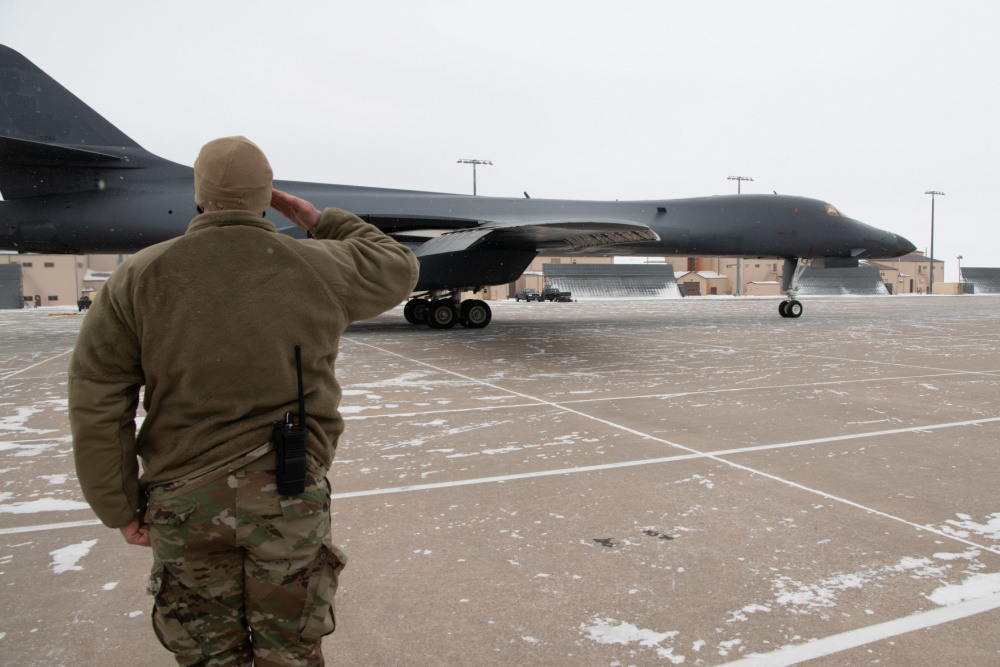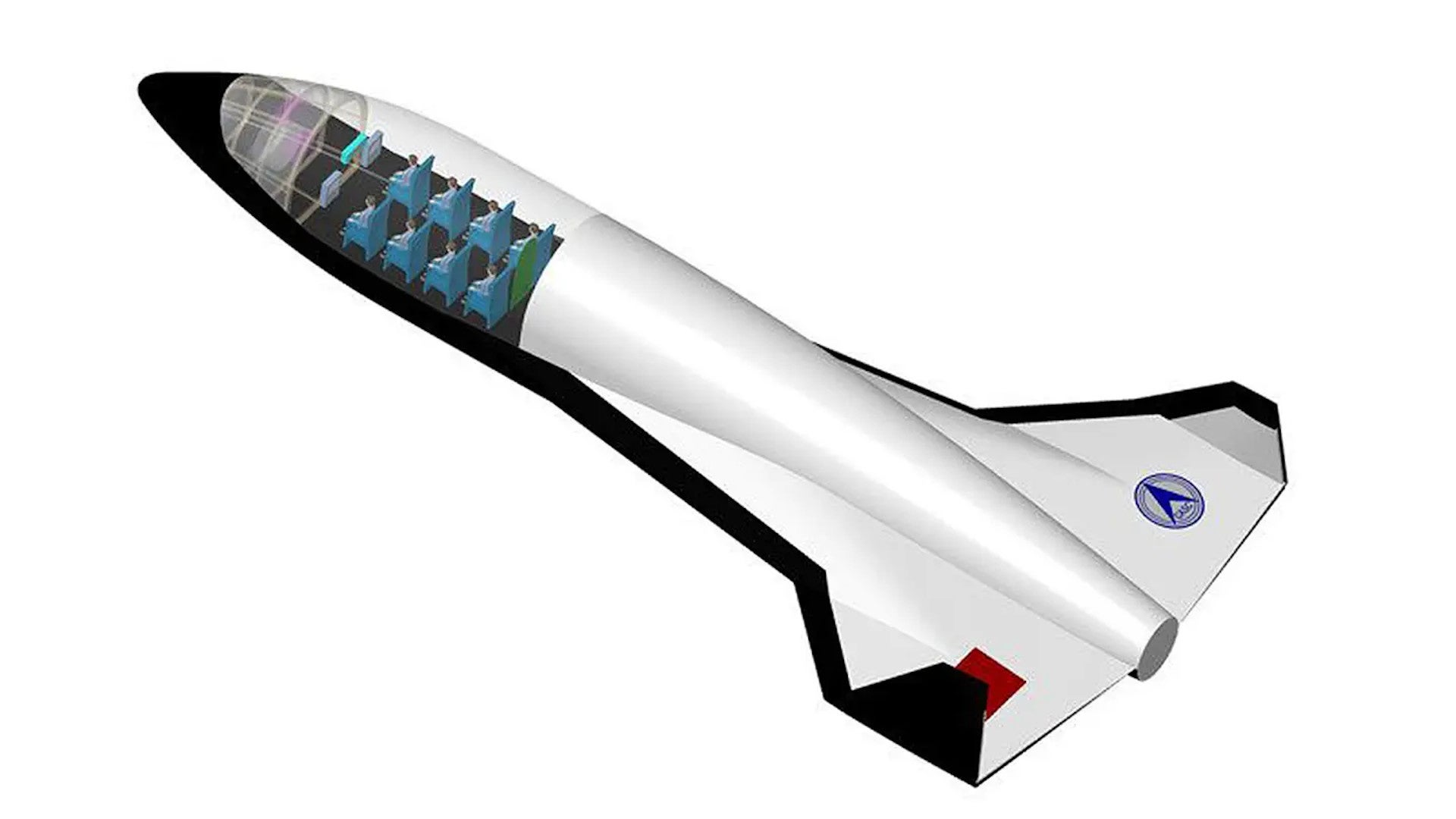Hummm........
Posted for fair use.....
The US Air Force must move quickly as it brings on the B-21 and modernizes the B-52, sending B-1 and B-2 bombers to retirement, a top USAF general said.

www.airforcemag.com
Progress on B-21 Means Current Bombers Need a Fast Retirement
July 15, 2021 | By
Brian W. Everstine
The Air Force needs to move quickly as it brings on the B-21 and modernizes the B-52, because operating four bombers at a time is not sustainable. This means the venerable B-1s and B-2s need to head to the boneyard for retirement ASAP, the service’s top planner said.
The secretive, next-generation B-21 Raider is being built right now and will be flown in the “not-too-distant future,” said Lt. Gen. David S. Nahom, the deputy chief of staff for plans and programs,
during a July 14 AFA Mitchell Institute for Aerospace Studies event. When that happens, the Air Force will be flying the B-1, B-2, B-52, and B-21 simultaneously.
“That is not affordable,” Nahom said. “The B-1 and B-2, as phenomenal as they are, we’ve got to get those out of service as the B-21 comes on and we get ourselves to that two-bomber fleet, which is a B-21 and a modernized B-52.”
Lt. Gen. David Nahom, the Air Force’s deputy chief of staff for plans and programs, speaks with retired Lt. Gen. David A. Deptula, dean of AFA’s Mitchell Institute for Aerospace Studies, on July 14.
In the near term, B-52s are undergoing significant modernization, including
re-engining, upgraded avionics, and a new “digital backbone,” Nahom said. B-52s will leave service to receive the upgrades, making fewer bomber available for tasking.
“We’re going to have a deficit in availability while those airplanes are being modified,” he said. “That is my biggest concern on the bomber fleet … over the next, I’ll call it, five to seven years as we bring on the B-21 and then just beyond that when we start bringing out the B-1s and B-2s. I think this is the critical time,” Nahom said.
The Air Force eventually wants to grow to a fleet of 220 bombers. As the B-21 comes online, the service will begin sending B-1s and B-2s to the boneyard.
The Air Force expects the
first B-21 to roll out of the factory and make its first flight in 2022, when it heads to Edwards Air Force Base, Calif., for testing. The first of 17 B-1s planned for retirement already flew to the “boneyard” at Davis-Monthan Air Force Base, Ariz., as the service prepares to draw down that fleet to 45 aircraft, split about evenly between its two operating bases: Ellsworth Air Force Base, S.D., and Dyess Air Force Base, Texas.
FWGuy •
3 hours ago • edited
Last time the Democrats controlled both Congress and the Presidency they cancelled the F-22 in favor of the F-35 even though it really wasn't ready and was still in design. That same group then started buying F-35s that are stuck in the Block-2 configuration with limited war fighting capability.
Now the same party has a bill in Congress right now to cancel the modernization of our ICBM forces. I am betting the LRSO will be next.

James M FWGuy • 2 hours ago
Except the bombers grow in CA. They just shoot the ICBMs in CA. Always other things they can launch commercially. Planes getting built here, not so much.
(One commenter suggested converting the B-2s into tankers.....HC)
--------
Posted for fair use......
The service wants to cut 42 A-10s from its 281-jet fleet in 2022. The Air Force made the request in its fiscal 2022 budget request submitted to Congress in May, telling lawmakers the move would save the service some $344 million.

www.stripes.com
Air Force general warns of ‘extreme problems’ without some A-10 cuts as lawmakers back the popular aircraft
BY
COREY DICKSTEIN
• STARS AND STRIPES • JULY 15, 2021
A top Air Force general defended the service’s plan to cut dozens of its vaunted A-10 Thunderbolt II attack jets next year, telling lawmakers this week the Air Force must move resources and airmen from the A-10 fleet to shore up its growing F-35 formations.
“The A-10 is a wonderful airplane. It’s done incredible things for our nation,” Air Force Lt. Gen. David Nahom, the service’s plans and programs chief, told the House Armed Services Committee’s tactical air and land forces subpanel on Tuesday. “But we have to start repurposing some of the resources out of the A-10 into some modern capabilities — specifically manpower. If we don’t reduce the A-10 slightly this year, we run into extreme problems.”
The service wants to cut 42 A-10s from its 281-jet fleet in 2022. The Air Force made the request in its fiscal 2022 budget request submitted to Congress in May, telling lawmakers the move would save the service some $344 million. On Tuesday, Nahom said the Air Force plans to cut another 21 A-10s in fiscal 2023, reducing the fleet to 218 aircraft.
Several lawmakers have already expressed opposition the proposed cuts to the A-10 fleet, the military’s most proven close-support aircraft designed in the 1970s specifically to fly low over front-line troops to provide firepower from the air. In recent years — including last year when the Air Force proposed cutting 44 A-10s, known as Warthogs — Congress has routinely blocked the service from retiring any of the jets.
Among his top concerns, Nahom said A-10 maintainers need to be shifted to the F-35 fleet to keep the advanced, multirole stealth fighter jets flying as the service’s inventory continues to grow. Air Force leaders believe the F-35 is the cornerstone of its future fighter jet fleet and critical in potential major combat operations against the likes of China or Russia and their formidable air defense systems.
Air Force officials argue the A-10 remains useful today in fights against low-tech adversaries, but they do not believe it would be useful in a high-end fight against a near-peer adversary with similar capabilities to the U.S. military. Service officials have said they believe the F-35 could ultimately take over close air-support missions.
The Defense Department has completed a study comparing the abilities of F-35s and A-10s to conduct close air support, but its results are classified, said Raymond O’Toole, the Pentagon’s acting director for operational tests and evaluation. He did say the F-35 has showed some signs of improvement in that role, but “in many areas [the F-35] still falls short of the required threshold.”
The A-10 was the first aircraft built specifically to conduct close air support. It flies low and slow, capable of operating below 1,000 feet and carrying a number of air-to-ground bombs and its most famous weapon — the 30mm GAU-8/A cannon, a seven-barrel Gatling gun that fires 3,900 rounds per minute. It has been used extensively to support ground operations in Afghanistan, Syria and Iraq, where it was used in Operation Desert Storm, Operation Iraqi Freedom and most recently against the Islamic State in Operation Inherent Resolve.
It is designed to take direct hits from armor-piercing or high-explosive rounds without destroying the aircraft, according to the Air Force. It can continue to fly and land even after it loses hydraulic power.
Lawmakers argue the F-35 has yet to prove itself capable of withstanding enemy attacks at low range as does the A-10 while delivering devastating airpower against enemies fighting close-in battles with American forces.
The F-35 program also has faced substantial delays and cost overruns, military officials have acknowledged. It has also proven more costly to fly and maintain than expected, though officials have said some of those costs have improved in recent years.
Among the A-10’s top supporters in Congress, Sen. Mark Kelly, D-Ariz., has questioned the F-35’s close air-support capabilities. Kelly, a former astronaut and Navy fighter pilot who flew combat missions during Desert Storm, warned President Joe Biden in a June 8 letter provided by his office that retiring any A-10s without a capable close air-support replacement “would leave a severe capability gap within our military.”
“Sen. Kelly remains opposed to retiring A-10s without a suitable replacement to carry out the close air-support mission that is critical to our national security and protecting American troops,” Jacob Peters, a spokesman for Kelly, wrote in an email on Thursday. “Sen. Kelly will continue working through the National Defense Authorization Act process to keep the A-10 flying at Davis-Monthan Air Force Base, and to ensure [Davis-Monthan] remains integral to the Air Force’s mission, our national security, and to the southern Arizona economy.”
Several other senators also have opposed plans to retire A-10s, including Sen. Kyrsten Sinema, D-Ariz., Georgia’s Democratic Sens. Raphael Warnock and Jon Ossof, and Michigan’s Democratic Sens. Gary Peters and Debbie Stabenow.
Davis-Monthan would see the brunt of the cuts to the A-10 fleet, losing 35 aircraft and 632 troops, according to Kelly’s office.
Air Force officials have said they plan to cut two of the service’s nine A-10 squadrons, an active-duty squadron from Davis-Monthan’s 355th Wing and the Indiana National Guard’s 122nd Fight Wing, 163rd Fighter Squadron. The Guard unit would convert to an F-16-flying squadron under that plan, officials said.
The service, which in the mid-2010s floated cutting the entire A-10 force amid budget constraints, has committed to keeping most of its Warthogs flying into the 2030s. A service spokesman said Wednesday that the service had purchased enough upgraded wing sets needed for the A-10s to continue flying into that decade for the 218 planes it plans to keep.
As of July, 173 of the Air Force’s A-10s had received new wings and 45 were scheduled to receive them, said Capt. Josh Benedetti, an Air Force spokesman. He did not say what the Air Force would do if Congress mandates the service keep all 281 A-10s.
Nahom on Tuesday gave lawmakers another reason the service wants to retire some of Davis-Monthan’s A-10s. He told them that the service needs to make room for other A-10s and HH-60 Pave Hawk combat search and rescue helicopters to move to the Arizona base from their longtime home at Nellis Air Force Base in Nevada.
The Air Force selected Nellis to house more F-35s in the coming years as the service’s primary training center for fifth-generation fighter aircraft — F-35s and F-22 Raptors. To make room for new F-35s, it proposed last month moving the A-10 Weapons Instructor Course and Test and Evaluation operations from Nellis to Davis-Monthan in 2022. The HH-60 Weapons Instructor Course and other combat search and rescue units including the 66th Rescue Squadron, 58th Rescue Squadron, the 34th Weapons Squadron and the 855th Aircraft Maintenance Squadron would move from Nellis to Davis-Monthan in the following years, according to that plan.
Nahom said the Air Force must move the A-10s and rescue helicopters from Nellis to relieve over-crowding at the base.
The general said Nellis has had an influx of troops and aircraft during the past decade, and the base is already overcrowded “not only in the dormitories for the airmen, [but] certainly in the airspace and certainly on the ramp.”
“So, if we do not reduce those A-10s [at Nellis] we’re going to — we’re just going to have to go back and do some further analysis and see what we can do,” Nahom said. “Right now, it would be problematic to keep all the A-10s, as are in the system right now.”
RELATED STORIES
 www.timebomb2000.com
www.timebomb2000.com
 www.timebomb2000.com
www.timebomb2000.com


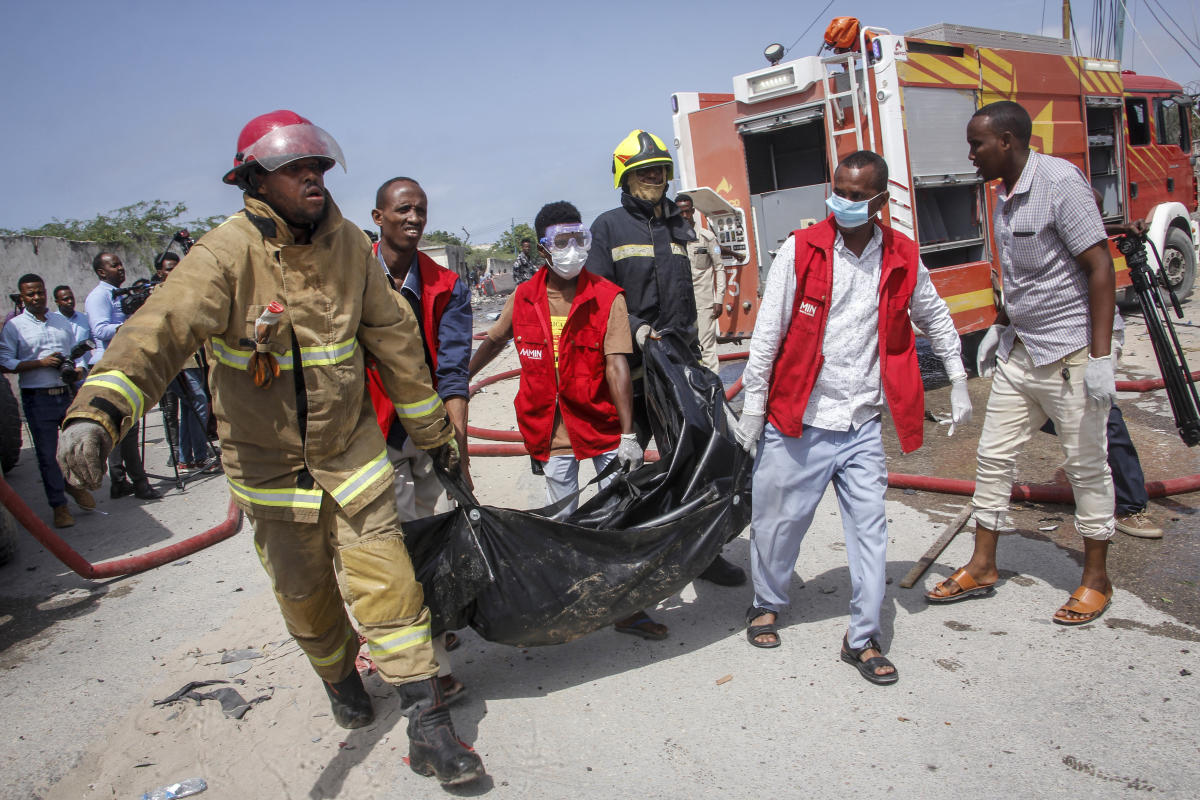

:quality(70)/cloudfront-us-east-1.images.arcpublishing.com/archetype/VXNPFTPUFRAWZOJPE6D4Z4BCUY.jpg)

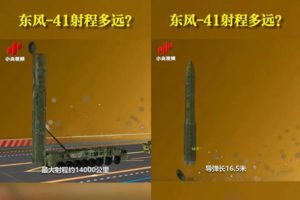







/cloudfront-us-east-2.images.arcpublishing.com/reuters/34TE5ISNLBMIHN4YEOX4ETAIVU.jpg)

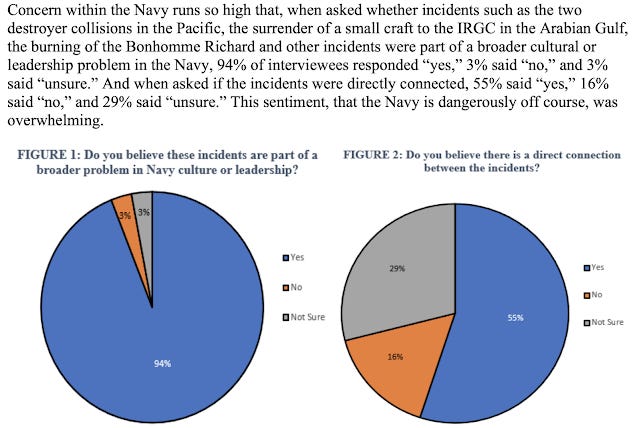






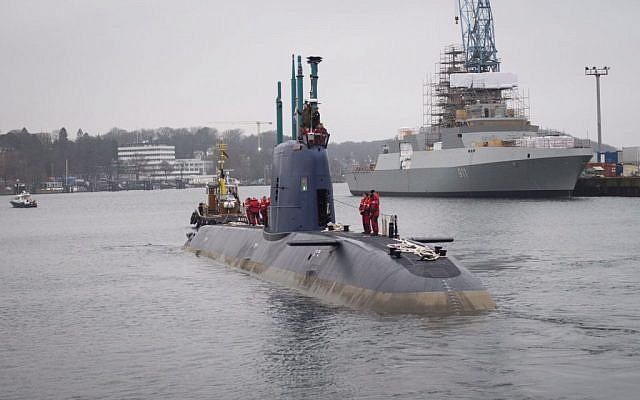
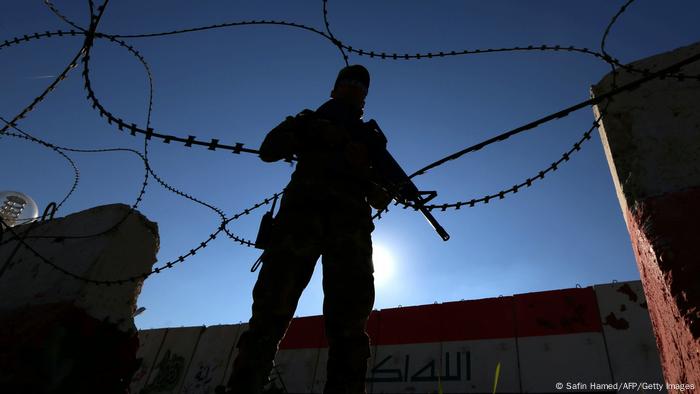
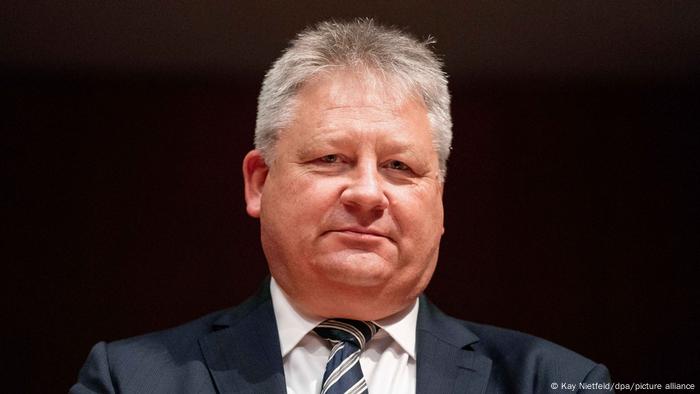
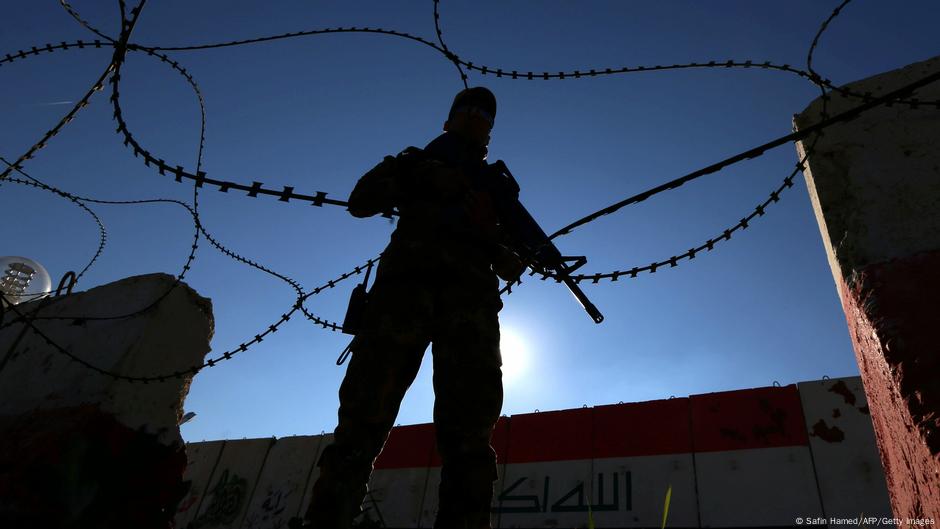
:quality(70)/cloudfront-us-east-1.images.arcpublishing.com/archetype/44ZPO2KUNFCMRJEN7GRZVZYY5E.jpg)


